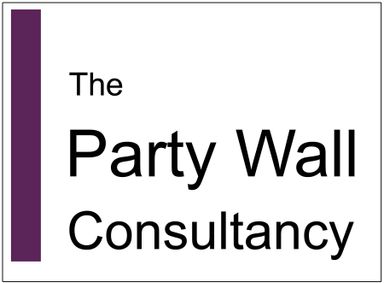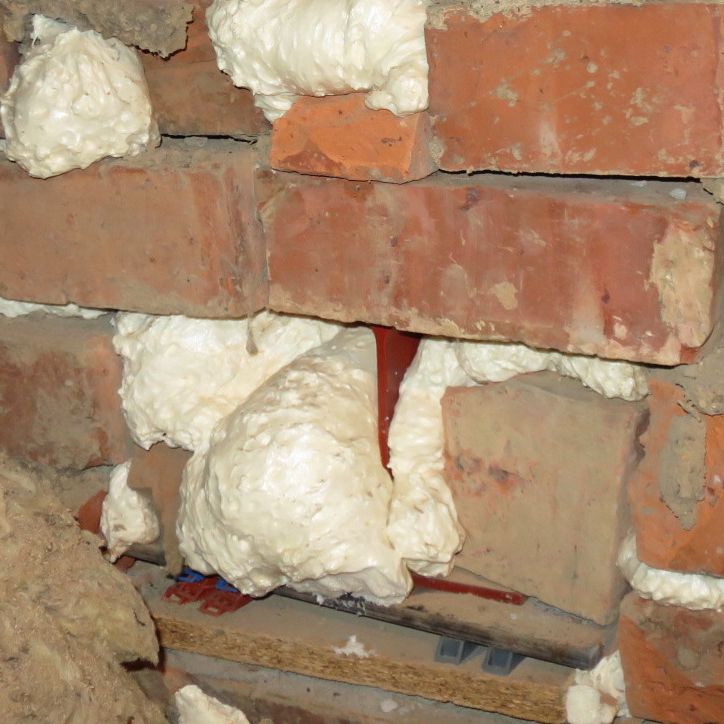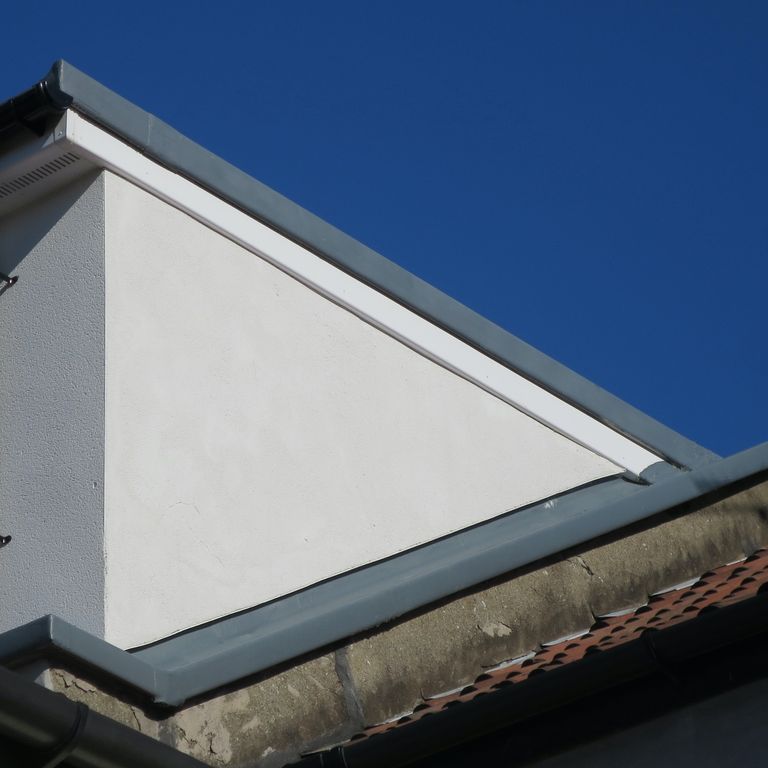
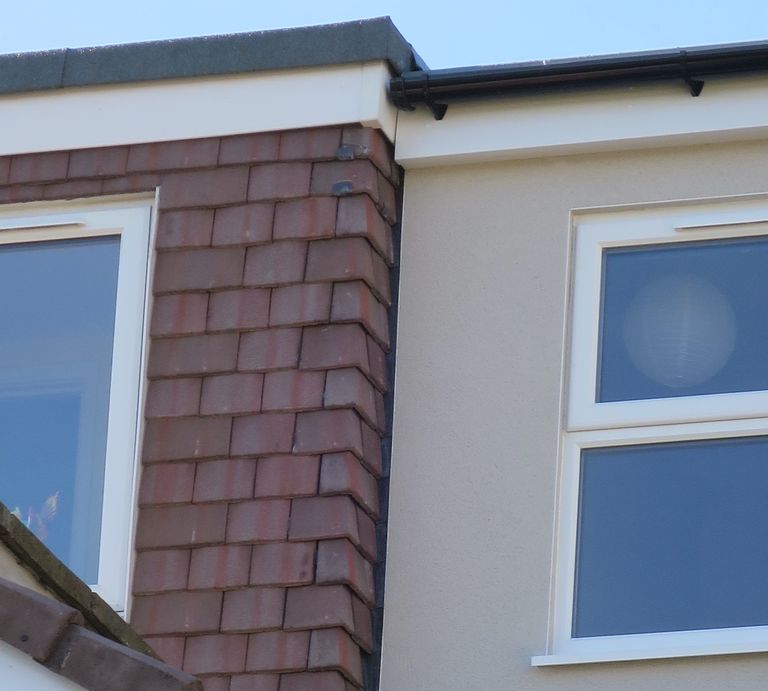
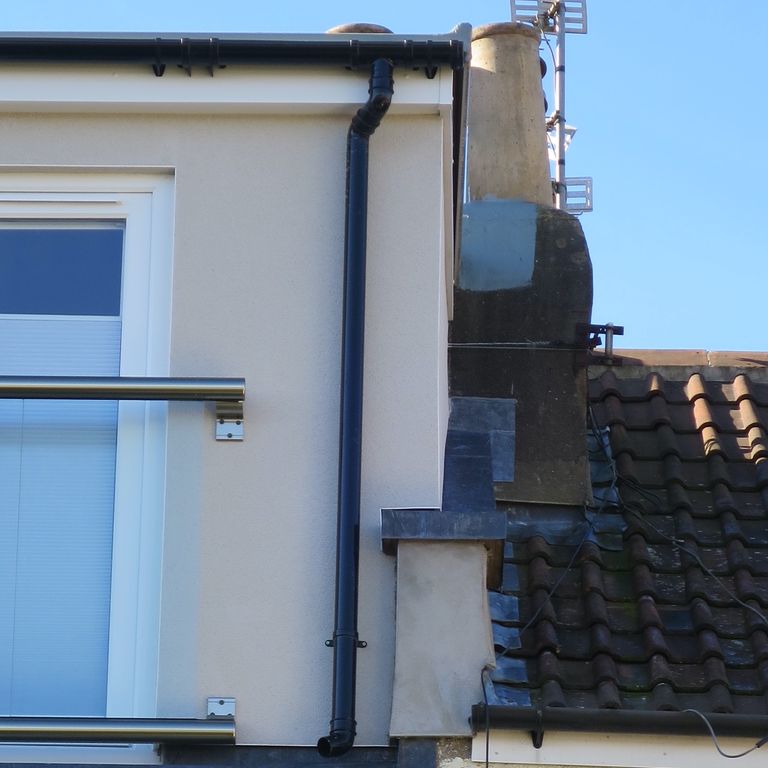
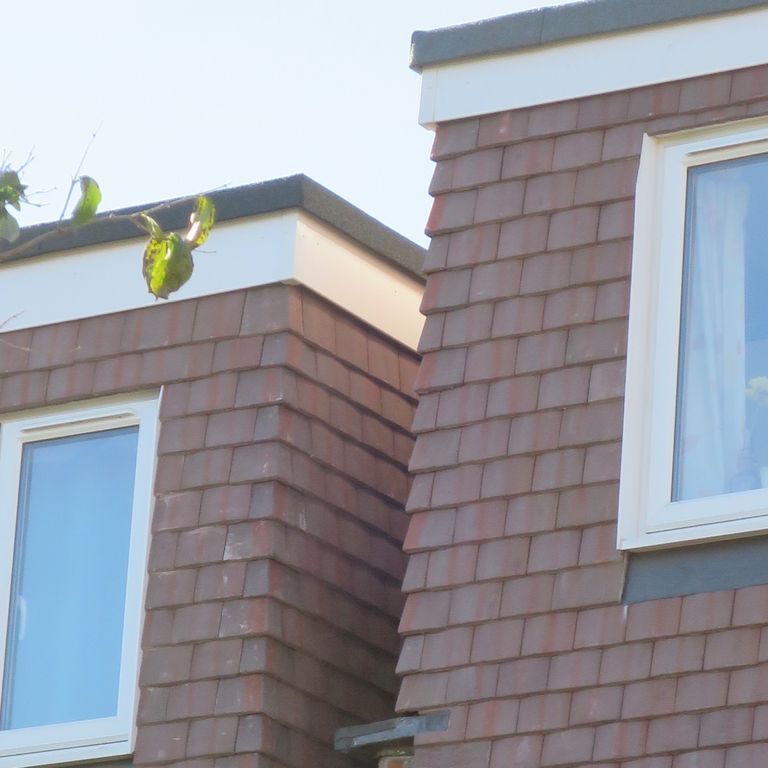
Factsheet: Loft Conversions
The popularity of residential loft conversions has grown exponentially in recent decades. The re-purposing of dead storage space in to valuable accommodation is often seen as a worthwhile investment for homeowners desperate for more space without the upheaval of moving home. Whilst most loft conversions do not require planning permission on grounds of being ‘permitted development’, the Party Wall etc. Act 1996 (“the Act”) may still apply and can be a costly mistake for those who ignore it.
Most loft conversions in semi-detached and terraced properties will involve ‘notifiable’ works falling within the scope of the Act. This usually involves cutting in to the party wall to form structural bearings for the steel beams that will support the roof structure once the intermediate timbers have been removed. Other notifiable work may include raising the party wall to form dormer cheeks and even cutting flashings in to the party wall or party chimney stack. Where the Act does apply, the party desirous of undertaking the notifiable works (the 'Building Owner’) must, by law, serve formal notice on the owner of the neighbouring property (the ‘Adjoining Owner’) at least two months prior to the commencement of the notifiable works. If the Adjoining Owner ‘dissents’ to the notice, either formally, or by failing to respond within 14 days of the notice being served, a ‘dispute’ arises meaning the works cannot then be lawfully undertaken until party wall surveyor(s) have been appointed and an 'Award' served. Undertaking notifiable works without serving the requisite notice is a breach of statutory duty and could make the Building Owner liable to injunctive proceedings being brought by the Adjoining Owner. In certain instances, the Adjoining Owner may have grounds to bring common law proceedings in tort for trespass and nuisance, which might be avoided by prior service of notice as the Act does permit certain works that, at common law, would not be permitted without the express consent of the Adjoining Owner. Complying with the Act, however, carries other benefits aside from avoiding legal action.
The raising of a party wall to construct a flank wall or dormer will invariably be impossible without access on to or over the Adjoining Owner’s roof. Outside the Act the Adjoining Owner would be entitled to refuse such an act, which would then amount to a trespass if access is gained in the absence of permission. However, where undertaking works in pursuance of the Act, and following service of prior valid notice, the Building Owner has a statutory right of access where such access is reasonably necessary, irrespective of the Adjoining Owner’s permission. Naturally, it is always advisable to seek specialist professional advice from a qualified party wall surveyor before embarking on any notifiable works. This also eliminates the prospect of the works being undertaken unlawfully and without the necessary prior due diligence, which would avoid the poor detailing illustrated above and the consequential damage illustrated below.
